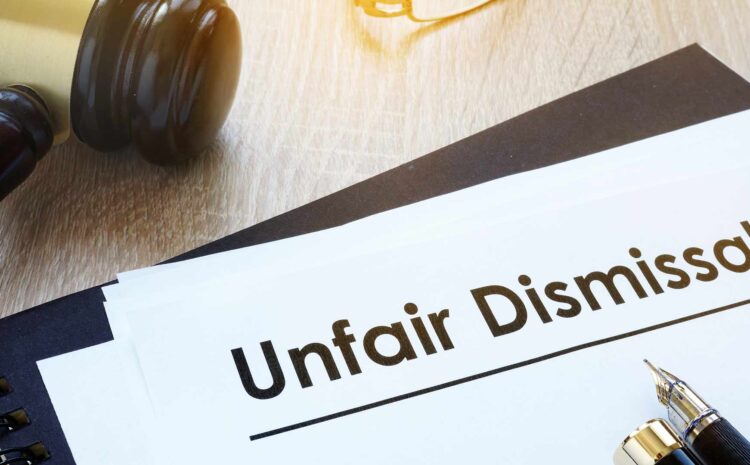
Anything can happen in your workplace, even more than you can anticipate when planning to set up your new business. Among many occurrences, wrongful dismissal of an employee is the most common issue happening in work-places (even often in corporate sectors). It means that your employer violates or breaches your employment contract.
Wrongful dismissal usually occurs when either your employer doesn’t provide you a sufficient notice or doesn’t follow the proper procedure. However, if anyone faces wrongful dismissal from an organization, he or she can seek assistance from a Wrongful dismissal lawyer.
An experienced lawyer can assist you to claim your right. However, take note that you have to establish the fact that you are terminated by breaching your employment contract or without a minimum notice period. Let’s learn a little bit more.
Eligibility for wrongful claims
Wrongful termination refers to the breach of contract. There is no minimum time range that you have to work for to claim your right. Breaching the contract means violating the laws. Therefore you can claim your rights regardless of your length of service. You can contact a professional Wrongful dismissal lawyer to learn more.
Gross misconduct
If an employee commits a fundamental breach of the contract referring that a breach goes against the heart of the contract and breaks the trust and relationship between employer and employee, the employer can dismiss the employment of that employee without prior notice. Terminating an employee without statutory notice periods is also called “Summary Dismissal”
Payment in lieu of notice
An employer can include ‘Payment in lieu of notice’ in the contract to ensure that an employee doesn’t need to work as a return for a payment in lieu of notice. Suppose, an employer terminates an employee on a payment in lieu of notice; it refers that the employee can receive a payment in lieu of notice but later fails to recompense the PILON. Therefore, technically, it is not a wrongful dismissal. Employees can issue a debt claim rather than wrongful dismissal. Suppose, if an employer neither makes any payments nor maintains discretion and fails to serve a notice period to an employee, the employee can bring a wrongful dismissal claim. You can contact our Employee Benefits lawyers to learn more.
How can an employee claim for wrongful dismissal?
With the assistance of an experienced wrongful dismissal lawyer, an employee can bring a wrongful dismissal claim through the employment tribunal or civil court.
Employment Tribunal
If an employee is successful in showing that the employer has dismissed the employment by breaching the contract of the employment that leads to the employee loss, the employee is free to claim the damages against that particular employer in the Employment Tribunal.
The main purpose of this law is to make an employee stable as before the breach of the employment contract by the employer. To learn more about the Employment Tribunal and its process, feel free to contact an expert lawyer for labour matters.
Civil Courts
When an employee files wrongful dismissal claims in the civil court, the remedies will be damages, injunction or a declaration. Take note that injunction and declaration are only made in the case the court believes that an adequate remedy is not enough for the damage. To learn more, kindly contact our Wrongful dismissal lawyers.
Time limits
Suppose, you want to bring the wrongful dismissal claim in the Employment Tribunal, you have to bring the claim within three months. However, if you want to bring the claim to Civil Courts, you have six years in hand.
The above-mentioned is an overview of wrongful termination law in the UK. However, if you want to bring a wrongful dismissal claim or if you are confused if your termination was unethical, feel free to contact us. At eLegal Consultants, we have an expert team of Wrongful dismissal lawyers to facilitate your claim. To learn more, you can contact our Expert Lawyers and Attorneys.





